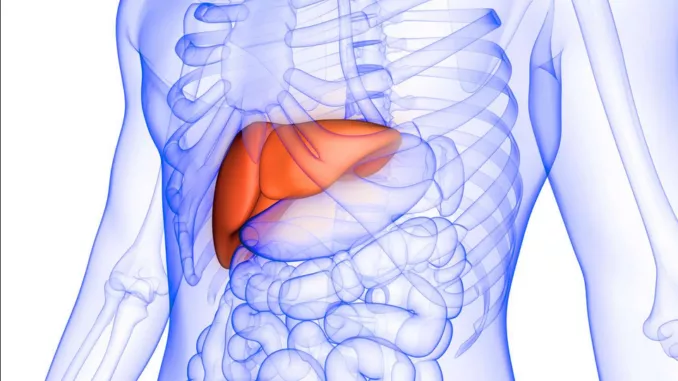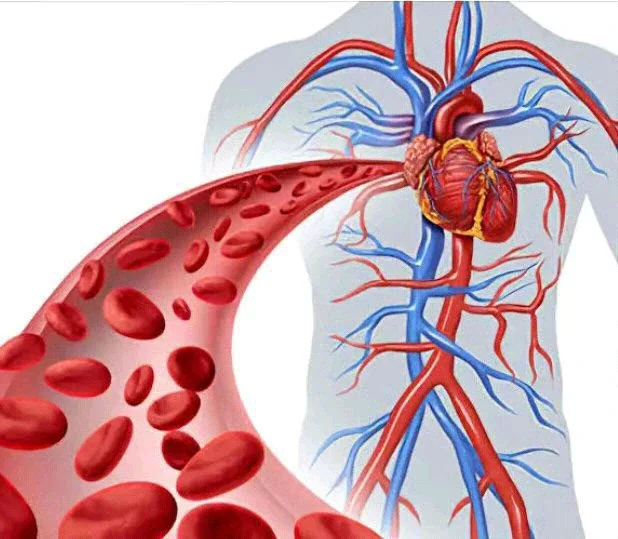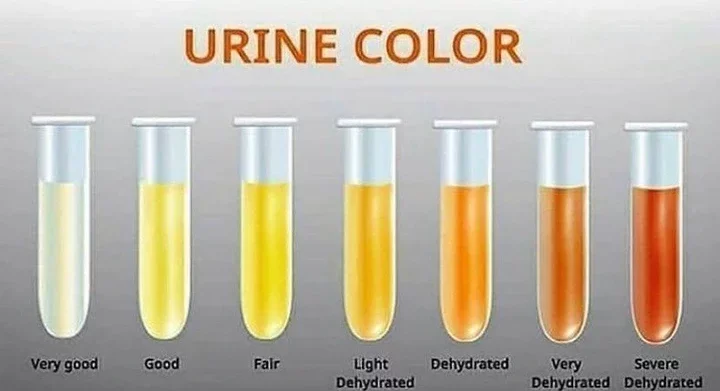
While the most common symptoms of gonorrhea involve the genital and urinary areas, it's important to note that not everyone infected with gonorrhea will experience noticeable symptoms.
When symptoms do occur, they typically appear within 2 to 14 days after exposure. Uncommon or less typical symptoms of gonorrhea may include:
1. Rectal symptoms:
· Anal itching
· Discharge from the rectum
· Pain or discomfort during bowel movements
2. Throat symptoms:
· Sore throat
· Redness or inflammation of the throat
· Difficulty swallowing
3. Eye symptoms:
· Conjunctivitis (pink eye).
· Redness, itching, or discharge from the eyes
4. Joint pain:
· Some individuals may experience joint pain or swelling, a condition known as gonococcal arthritis. This is a less common complication of gonorrhea.
5. Skin lesions:
· Skin rashes or lesions may occur in some cases.
It's important to highlight that gonorrhea can be asymptomatic, meaning individuals may not experience any noticeable symptoms.
Even in the absence of symptoms, untreated gonorrhea can lead to serious complications, such as pelvic inflammatory disease (in women), infertility, and an increased risk of contracting or transmitting HIV.
If you suspect you have been exposed to gonorrhea or are experiencing any symptoms, it is crucial to seek medical attention promptly.
Gonorrhea is typically diagnosed through laboratory testing, and treatment usually involves antibiotics prescribed by a healthcare professional.
Additionally, it's important to practice safe sex, including the use of condoms, to reduce the risk of gonorrhea and other STIs.
Regular STI testing is also recommended, especially for individuals who are sexually active or engage in high-risk behaviors.
















Comments